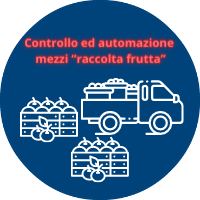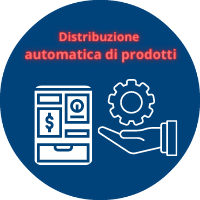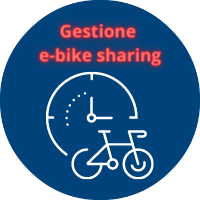IOT stands for Internet of things but also for a smarter world, i.e. intelligent, hyper-connected and ultra-communicative.
Technologies associated with automatic identification help organisations to develop new, more advanced service logics.
And so we talk about smart manufacturing, smart logistics, smart retail, smart health, smart agrifood and smart finance.

The term IoT is used to describe all the technologies that make it possible to transform any object (e.g. a thermostat, an automatic warehouse, a car wash or a car, etc.) into an Internet-connected device that can be used by any terminal connected to the web, thus enabling it to be controlled remotely.
Within this category, there are various technologies and associated communication protocols that allow IoT devices to communicate with each other and then connect to the Internet…
Some examples of IoT applications developed by SHD:
 Control and automation of fruit-picking equipment:
Control and automation of fruit-picking equipment:
Through interaction with an internet portal it will be possible to remotely:- Control logistics
- Manage some actuations of the vehicle remotely
- Control and set the vehicle’s functional parameters “in real time”.
- etc..
 Machine automation control for automatic product distribution:
Machine automation control for automatic product distribution:
Through interaction with an internet portal it will be possible:- Control receipts and disbursements produced
- Real-time management of vending machine diagnostics
- Control and set “real time” functional parameters
- etc..
 Management of e-bike sharing:
Management of e-bike sharing: - Vehicle geolocation management
- Real-time” display of the vehicle’s functional data and possibility of modifying them
- Possibility of remote vehicle locking and satellite tracking for recovery
- etc..
The communication between IOT devices and remote end-users is based on a BIDIRECTIONAL internet communication, which allows the user to interact in “real time” with the IOT object, taking remote control of it through any terminal connected to the internet.